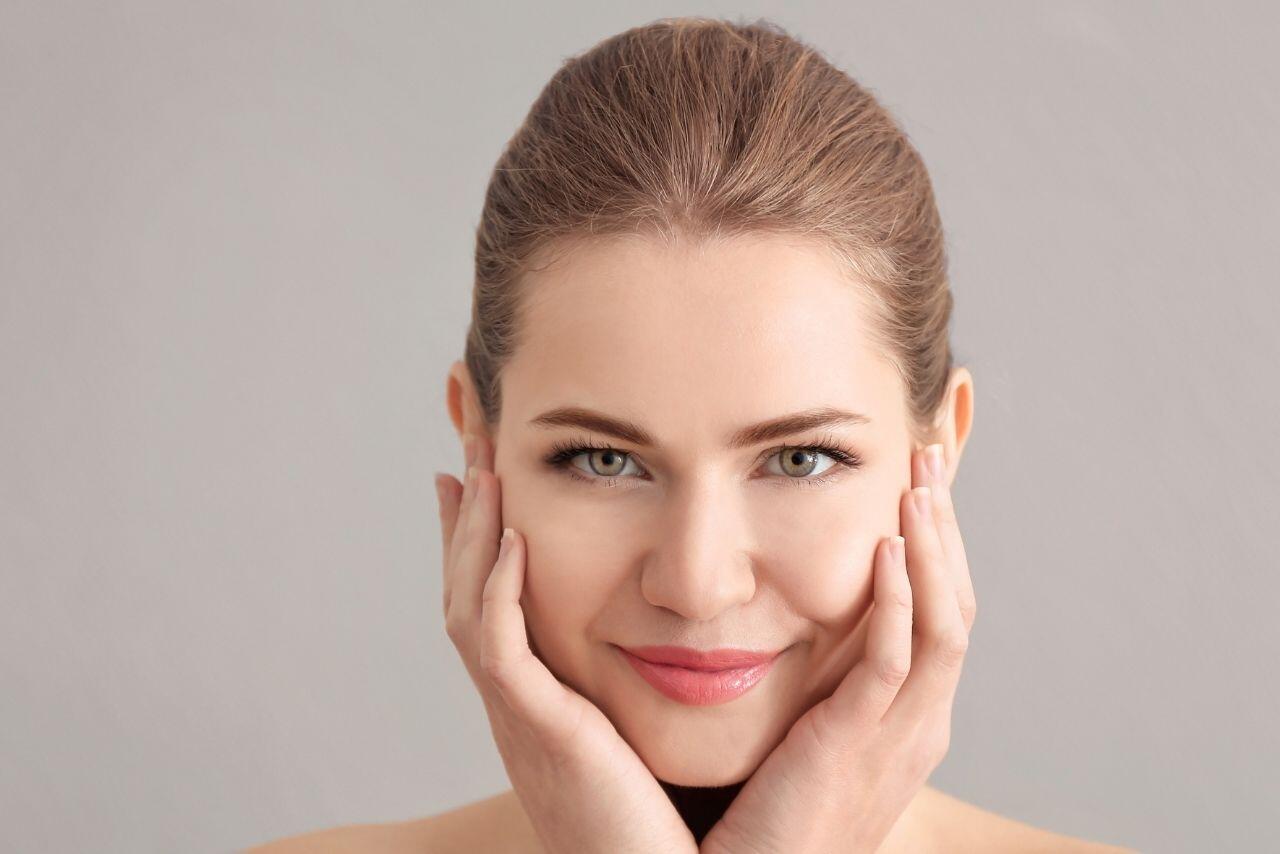
Dermal fillers are reliable and extremely efficient methods of aesthetic treatments. They are not only helpful for facial rejuvenation but also for overall beauty enhancement. However, is it possible to mix different types of dermal fillers? Can they be used in combination with other aesthetic treatments? This article discusses this topic – let’s get started.
What Is a Dermal Filler?
To make sure that we’re on the same page, let us briefly define the concept of dermal fillers and discuss their main characteristics. In simple words, a dermal filler is an injectable gel-like preparation, applied in aesthetic medicine for both facial rejuvenation and beauty enhancement.
Here are the main indications dermal fillers are used for:
- Restoration of the lost volume (in facial areas like the cheeks or chin)
- Reduction of facial wrinkles (such as the lines around the mouth, nasolabial folds, crow’s feet, etc)
- Contouring of the face
- Augmentation of the lips
As a result of their broad scope of applications, dermal fillers have the power to fight the signs of aging and provide patients with a more youthful and attractive appearance.
Despite the fact that a facial filler injection is not a complete substitution for cosmetic surgery, it has a number of substantial benefits. Here’s the key advantages:
- Immediate results. As soon as patients receive a facial filler, they will be able to see its effect right away.
- No recovery time. Unlike plastic surgery, an injection of dermal fillers does not require any downtime.
- Long-lasting effect. The result from a facial filler can last for up to 18 months.
- Safety. Due to the ingredients fillers include, the procedure has minimal risks and side effects.
Patients might still experience such side effects as skin redness, swelling, or bruising after the undergoing an injectable filler treatment. However, these side effects tend to disappear within a couple of days after the procedure, under normal circumstances.
These soft tissue fillers are used for a non-surgical and effective cosmetic treatment of age-related issues. They have acquired their popularity mainly due to a number of substantial benefits they provide.
What Types of Dermal Fillers Are There?
Aesthetic medicine makes use of several types of facial fillers. They can differ from one another according to their:
- Main ingredient(s)
- Preferrable treatment area
- Possible side effects
- Duration of the result
However, the most common classification of facial fillers is based upon their main ingredient. Let’s review the most widely used types of facial fillers by taking their key components into account.
Hyaluronic Acid
Fillers which are primarily based on hyaluronic acid are extremely popular and effective. The main reason for that is that they contain a natural substance that is produced organically in the human body. Therefore, they are not only highly efficient but also absolutely safe for the body. In addition, these fillers activate the natural collagen production after being injected. Two leading brands of hyaluronic acid-based fillers are Juvederm and Restylane.
Here is the list of main indications for the usage of hyaluronic acid based fillers:
- Acne scars
- Facial fine lines and wrinkles (including crow’s feet, smile lines, frown lines, or marionette lines)
- Lip contouring
Calcium Hydroxylapatite
Another type of widely used facial fillers are the ones based on calcium hydroxyapatite. The component is also natural and is found within human bones. As a result, calcium hydroxyapatite fillers provide natural results and have a minimal risk of reactions. The most well-known brand of calcium hydroxyapatite based filler is Radiesse. It is very effective for treating:
- Middle-to-deep wrinkles (such as nasolabial, frown, or marionette lines);
- Face contouring (including improvement of the facial volume in cheeks by means of the substitution for facial fat).
Polylactic Acid
Polylactic acid-based fillers are popular and also frequently used in cosmetic skin treatment. On contrary to other common filler types, polylactic acid ones do not provide an immediate result but rather assist through the stimulation of natural collagen production, so that patients will see the effect over a couple of months after they were injected. The most popular polylactic acid based dermal fillers is Sculptra, the injections of which are used to treat the lower part of the face. Namely, Sculptra is known for assisting:
- Smoothing laugh lines and nasolabial wrinkles
- Restoration lost lip volume
Can You Mix Different Dermal Fillers?
There exists a very simple answer to the question of whether you can mix different facial fillers with each other. Quite simply — YES, you can combine a number of different fillers in cosmetic skin treatment.
Moreover, sometimes patients’ skin condition will require more than one filler type in order to achieve the desired result. Doctors can treat one body area with the help of a combination of different fillers. The main reason for it is that different fillers have different working principles and, therefore, by working with a variety of different fillers, it can be an extremely effective way to get excellent results. By leveraging the unique strengths of different fillers, a skilled practitioner can create a treatment solution that leverages the best qualities of different fillers.
